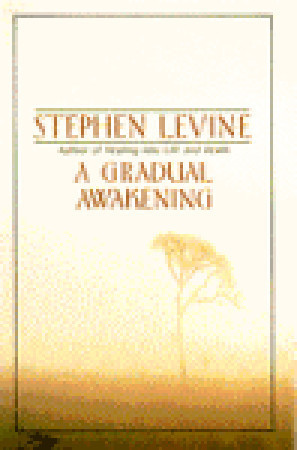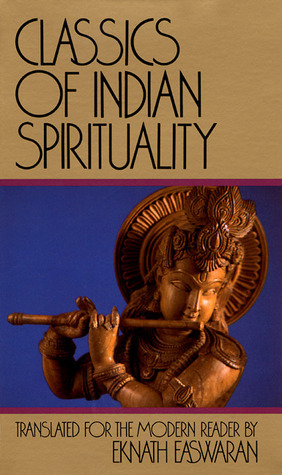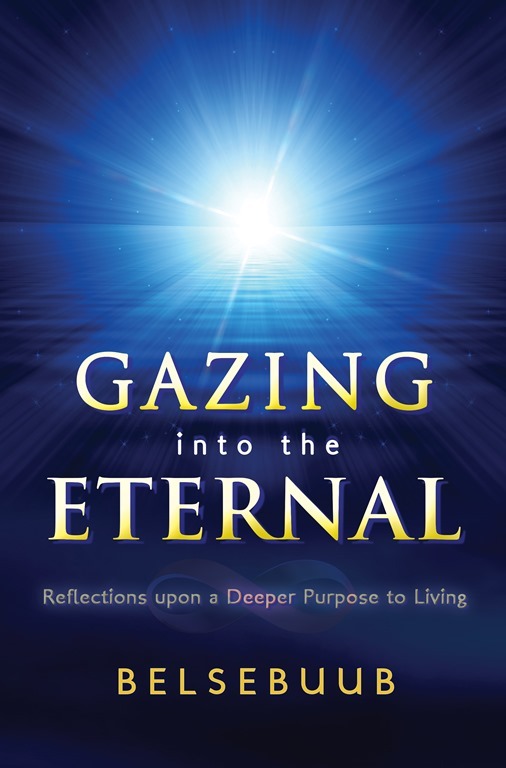
Dialogue with Death: A Journey Through Consciousness
Book Description
What if the key to understanding life lies in embracing its ultimate end? In "Dialogue with Death: A Journey Through Consciousness," Eknath Easwaran invites readers on a profound exploration of mortality and mindfulness. Each chapter peels back layers of fear, unveiling the transformative power of contemplating death. With gripping insights and a refreshing perspective, this compelling journey leads to awakening the deepest parts of the soul. Discover how facing the inevitable can illuminate the path to living fully and authentically. Are you ready to redefine your relationship with life by confronting its greatest mystery?
Quick Book Summary
"Dialogue with Death: A Journey Through Consciousness" by Eknath Easwaran is a transformative exploration of how the contemplation of death can illuminate the meaning of life. Drawing from the wisdom of the Bhagavad Gita and shaping his narrative through his own personal experiences, Easwaran encourages readers to confront mortality as a gateway to deeper self-awareness. Rather than fostering fear, Easwaran suggests that an honest dialogue with death helps us transcend our limitations, cultivate mindfulness, and foster spiritual growth. This book serves as a guide for embracing impermanence not with anxiety, but with clarity and courage—ultimately showing that by accepting death, we become capable of living more fully, compassionately, and authentically in every moment.
Summary of Key Ideas
Table of Contents
Facing Mortality as a Path to Self-Realization
Easwaran begins by examining the deep-seated human fear of death and how it shapes our perceptions of life. He challenges the cultural impulse to avoid discussions of mortality, proposing instead that facing our own impermanence can catalyze profound self-realization. Through personal anecdotes and reflective questions, the book invites readers to dismantle their anxieties and explore mortality with curiosity rather than dread.
The Transformative Power of Mindfulness
Central to Easwaran’s approach is mindfulness, cultivated through meditation and present-moment awareness. He illustrates how consistent spiritual practice stills the mind and opens the heart, increasing our capacity to encounter death—and life—with equanimity. Drawing on stories and parables, Easwaran shows that mindfulness isn’t merely a technique, but a way to meet life head-on with courage and clarity.
Conquering Fear Through Spiritual Practice
Conquering fear lies at the heart of Easwaran’s message. He explains that spiritual traditions over centuries have pointed toward meditation, selfless service, and reflection as means to transcend the ego’s anxiety about death. In embracing these practices, individuals discover not only peace but also a deeper, more unified sense of self that is not diminished by physical death.
Living Authentically by Embracing Impermanence
By embracing the reality of impermanence, Easwaran argues, we become free to live more authentically and compassionately. The awareness of life’s fragility enriches ordinary moments and highlights the importance of living with purpose. This transformation leads to relationships rooted in kindness, a diminished attachment to trivial pursuits, and the courage to pursue what matters most.
Insights from the Bhagavad Gita on Life and Death
Throughout, Easwaran weaves insights from the Bhagavad Gita, using its timeless dialogues to illuminate the process of spiritual awakening. The text’s teachings on detachment, duty, and the soul’s immortality provide a powerful framework for understanding both the fear and the transcendence of death. Easwaran’s interpretations encourage readers to see mortality as the ultimate catalyst for spiritual growth and self-discovery.
Download This Summary
Get a free PDF of this summary instantly — no email required.





